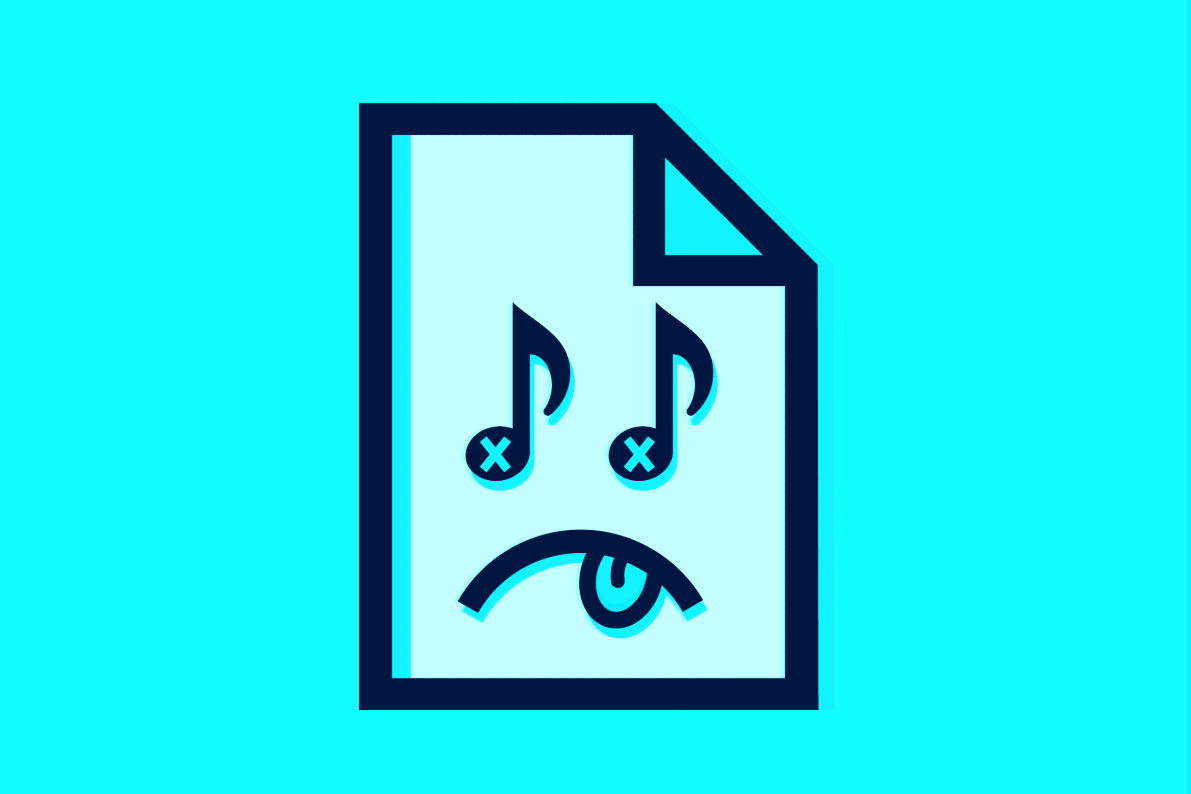Patents for the mp3 format have expired, but few have noticed

The other day it turned out that the validity period of key patents related to the mp3 format expired last month. This event passed unnoticed for both ordinary PC users and technical specialists. Only about three weeks later, the first materials began to be published about this, followed by a somewhat surprised response of users.
The patents in question were registered in the interests of the Fraunhofer Institute for Integrated Circuits . This organization collected contributions for 22 years, but could no longer extend the term of patents for MPEG Audio Layer III technology. Yes, this is what the abbreviated format name is familiar to many. So now ordinary users and developers can easily use MP3 encoding for their own purposes, since there is no longer a patent.
“Although there are more efficient data compression formats that are used today, mp3 remains quite popular among users. True, most broadcast services use modern ISO-MPEG codecs like AAC or the increasingly popular MPEG-H. These codecs promise more features, better sound and lower bitrate than mp3, ”the Institute says . Its experts believe that mp3 is already a dead standard, the popularity of which nothing will return.
')
Previously, patents related to mp3 belonged to different organizations, which often led to lawsuits. At the same time, part of the device manufacturers paid licenses to the creators of the form, others did not pay anything. In a lawsuit against Microsoft, a process that related to mp3, Alcatel-Lucent managed to sue over a half billion US dollars from the defendant.
The format itself is based on a lossy compression algorithm. It was created to reduce the size of music files while ensuring high quality sound reproduction. According to the developers, this quality is as close as possible to the original. On the other hand, experts note that on a high-quality sound system it is easy to hear the difference between the original and the recording in MP3. It is worth noting that an MP3 file with an average bitrate of 128 kbps in size is about ten times smaller than the size of a regular CD-Audio file, which is also close in sound. As for the bitrate of uncompressed CD-Audio files, this is 1,411.2 kbit / s.
An mp3 file consists of several frames, which, in turn, include a header and a data block. This sequence of elementary fragments is called "elementary stream". As for the mp3 data block, it contains compressed audio information in the form of frequencies and amplitudes. The mp3 header consists of a marker, which allows you to quickly find the desired MP3-fragment.
MP3 was created, first of all, for the mass user, people who listen to music on ordinary equipment, music centers, car receivers, etc. The fact is that on this type of equipment compressed files are practically indistinguishable in quality from the original ones. But on a quality audio system, the difference is quite easy to feel. This is because spectral clipping is used here, mp3 allows you to split audio files into equal length segments. Each of these files after processing is packaged in its own frame (frame).
The basis for the development of MP3 was the ASPEC (Adaptive Spectral Perceptual Entropy Coding) experimental codec. As for the first encoder in the mp3 format, they can be considered the L3Enc program, which was released in the summer of 1993. After just one year, users got a free mp3 player called Winplay3.
The development of the mp3 format began in the late 80s, many employees of the Fraunhofer Institute took part in this project. In the end, all efforts paid off handsomely, because this organization has collected licensing fees according to the format for more than 20 years. Now, after the expiration of the patent, the creators of mp3 announced his death. In their address, they thanked everyone for their "tremendous support." According to representatives of the organization, it was this support that helped make the MP3 format the main audio format in the world over the past 20 years.
As for the “death”, this is not at all the case, since this is only about the termination of licensing fees to the Fraunhofer Institute, and anyone can now work with mp3; In other words, mp3 support can be embedded in any products. Yes, of course, many organizations, especially such as radio stations and television channels, have switched to more modern ISO-MPEG codecs. They provide a higher sound quality compared to mp3. But still, this format has not been canceled and not prohibited, so it continues to exist.
Source: https://habr.com/ru/post/404029/
All Articles